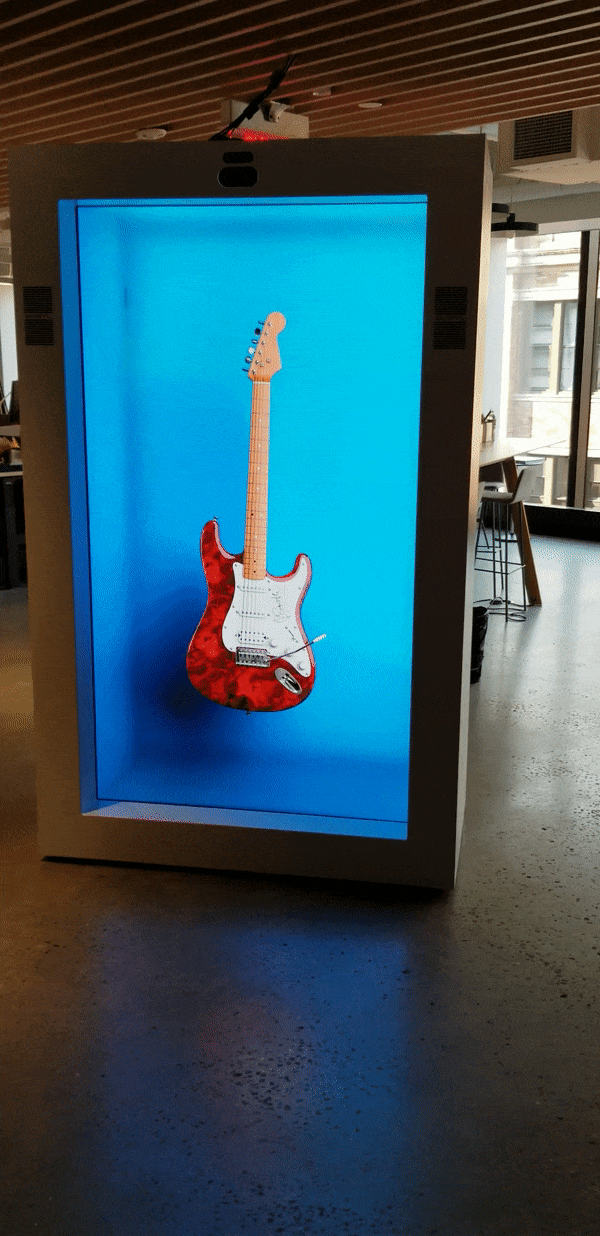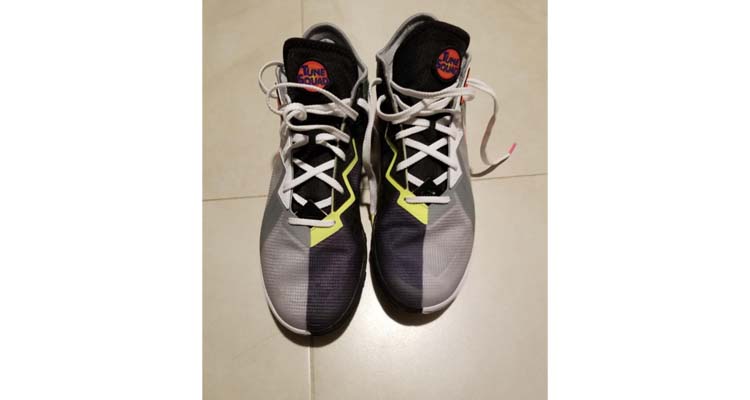Use Cases for Digital Signage During and Post-Pandemic
One of the many challenges of this pandemic is not knowing how people will react to different environments in an office, building lobby, hotel, mall, retail store, an arena/stadium, a train, a plane or even outside. If you are fully vaccinated, wearing a mask and inside a fully ventilated area (or outside), should you still stand or sit six feet apart? If we have our own sanitizing spray/gel or one available to us, is there any issue with interactive touch displays anymore?
 In the past year, I have traveled (car, subway, train or plane) to various locations across multiple states. I have seen many different devices and types of digital signage in my travels. These include the devices that I had mentioned in my previous column, as well as others that were designed prior to the pandemic. These products are perfect use cases for digital signage during the pandemic — an example being The Epic from PORTL. The company’s initial vision is to “facilitate communication of all kinds that adds the emotional element that previous methods lack.”
In the past year, I have traveled (car, subway, train or plane) to various locations across multiple states. I have seen many different devices and types of digital signage in my travels. These include the devices that I had mentioned in my previous column, as well as others that were designed prior to the pandemic. These products are perfect use cases for digital signage during the pandemic — an example being The Epic from PORTL. The company’s initial vision is to “facilitate communication of all kinds that adds the emotional element that previous methods lack.”
The first time I saw their technology, it took me about 30 seconds to understand all the applications this device could address. I broke it into four types: 4D Telepresence (aka beaming), product information and demonstrations (retail applications), entertainment (such as music videos) and a very impactful digital signage portrait mode endpoint (anything else). Additional options can be added to the list of features, such as a telepresence kit to enable holographic beaming to any Epic device (connected to the same network), content creation and design and others. I heard an actual use case for this device would be to use this product in place of mannequins inside a clothing store. You can also include critical product information on the side of the hologram. I thought of using this device as a multi-purpose product to include some or all of the features I mentioned above.
Worship and Wayfinding
Another use case for digital signage is to provide information in a format — such as wayfinding — that is easy to use and clear for people to understand so they don’t have to spend time asking other people. Although wayfinding has been around for a long time (initially as static boards), the use cases for converting to digital technology have increased dramatically. People don’t want to dwell in front of a sign, especially during a pandemic when there is confusion about the protocols within that environment (that six-feet-apart guideline).
Two specific recent use cases include a large church and a large disability center, both with similar needs and similar challenges with their members. The first entity includes an “elderly” group of people (the administrator described them at over 60), and the second facility includes children and adults with orientation challenges.
During COVID-19, the church realized it would be a good time to install wayfinding kiosks/displays in specific areas of their multi-building worship facility before their members returned to full occupancy. The goal was to provide information on its scheduled events (topic, date, time and room numbers) and the specific locations of each of those events so members could quickly identify their event and walk there. These kiosks can also include the ability to determine the number of participants allowed in each room, thus helping abide by COVID-19 protocols. Since this church is quite large, its second phase will include outdoor digital signage to enable visitors and members to drive to the correct parking lot. It will also include wayfinding kiosks outside of each entrance and additional video walls outside of each building.
The second entity is a larger single building with different entrances and divisions of the facility. They have many connecting hallways, rooms, a stage, a gym, a cafeteria and others. Their requirements include multiple types of digital signage: wayfinding, room scheduling, listing events, sponsors (for an event or even a room or space), cable TV, infotainment and more. They also have different departments, like a K-12 school, adult education and night classes. Their needs vary among the departments which digital signage can address.
Mall Kiosks
A third use case (my own recent experience) included a trip to the local mall to buy new basketball sneakers. I knew the sneaker store was in the mall on the first floor. However, since I had not been in the mall for a very long time, I had to find the nearest wayfinding screen. In this case, it was not digital but rather a diagram with two sides. The main side had an architectural drawing illustrating where each store number was located (first, second or third floor). The other was a list of types of stores, names of the stores and their store numbers.
I was not the only person standing there trying to read — I had to walk around two people and stand right next to a third person (all of us had masks on, by the way). The better option would have been an interactive touch wayfinding application (including a side-mounted or standing frame with > 62% alcohol spritzer/gel). It would be very useful if you could simply touch the screen and select store type, click on the store name you want and receive specific 3D directions that pop up on the screen.
As I walked at a good pace around many people, I almost walked past the store — there was no digital signage outside it. After I realized I was at the sneaker place, I walked in and had to find an employee to ask where the men’s basketball sneakers were located. There were small static signs around the store, but no digital signage display in the front as I would have expected (preferred). After spending about ten minutes (I really wanted to get in and out of the mall quickly) examining the collection of sneakers, I finally found a pair in my size. The store associate asked me which ones and chose the only ones that apparently reminded me of my pre-teen years when I was in a bowling league (see below).
 Here is my latest list of terms that include those used in this article.
Here is my latest list of terms that include those used in this article.



